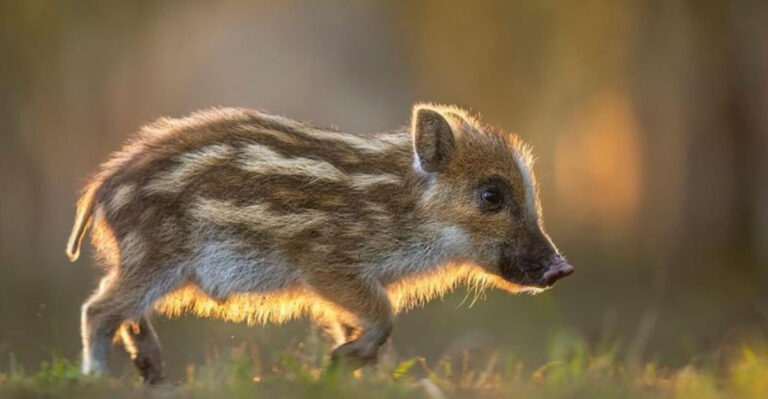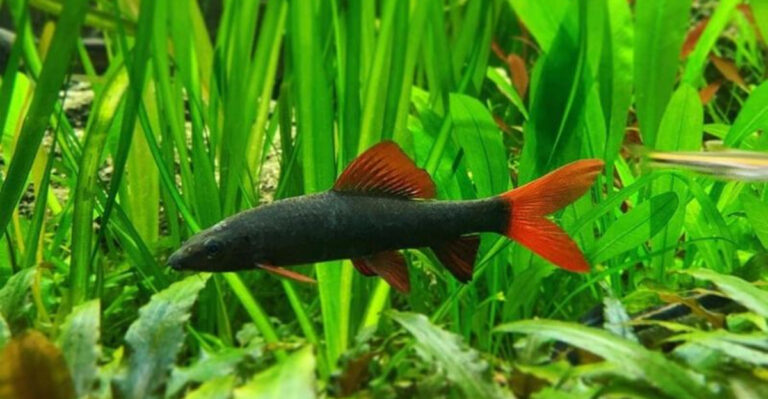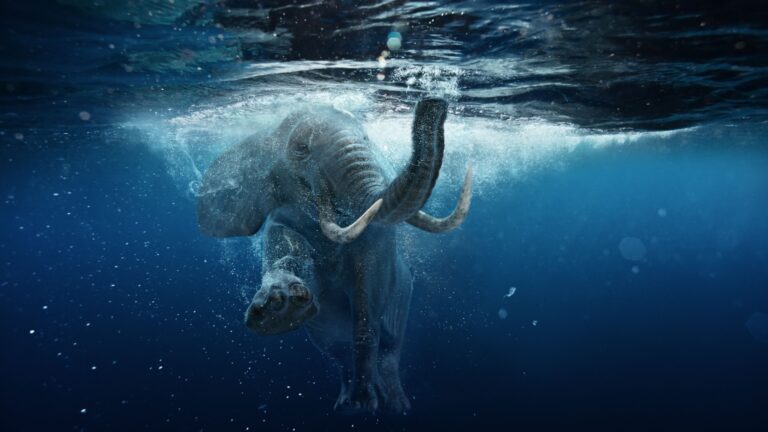‘De-Extinct’ Dire Wolves Are Only A Distraction From Humanity’s True Impact
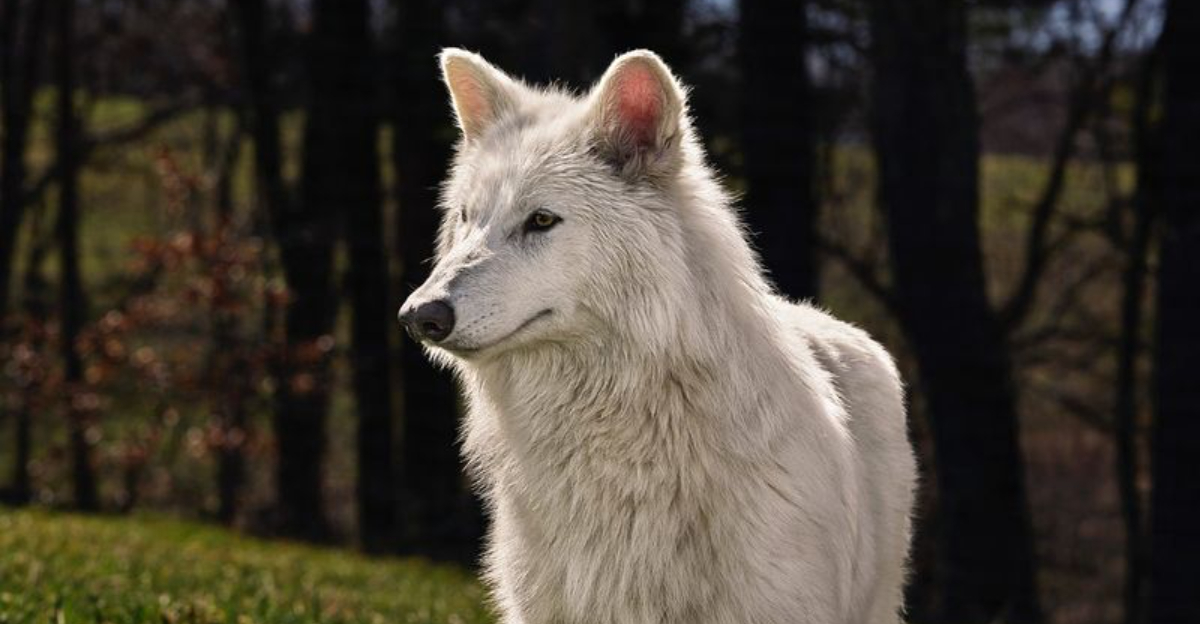
Scientists are now exploring the possibility of bringing extinct species back to life, including the fearsome dire wolf.
While this sounds like something from a sci-fi movie, the technology is slowly becoming a reality. However, this exciting scientific frontier might actually be taking our attention away from the more urgent environmental crises humans have created.
1. The Concept Of De-Extinction And Dire Wolves
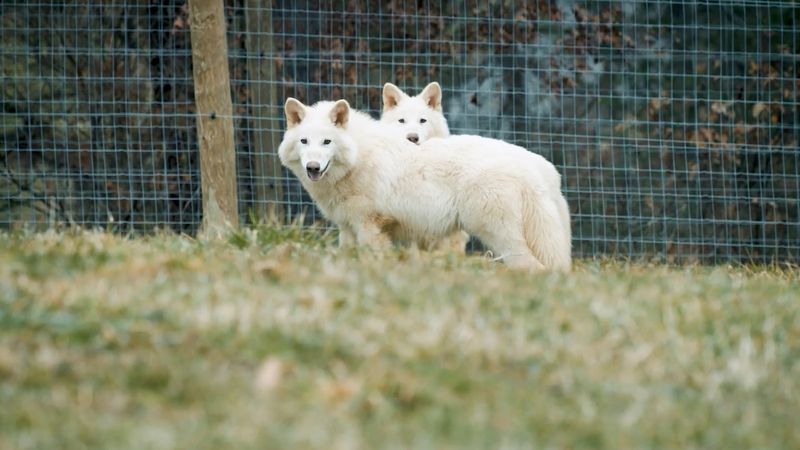
De-extinction sounds magical – resurrecting creatures like dire wolves using preserved DNA. But the reality? Highly complicated and wildly expensive.
Scientists can’t simply clone these ancient predators perfectly. What we’d create would be modern approximations, not true dire wolves. Meanwhile, thousands of living species need those conservation dollars to survive right now.
2. The Dire Wolf’s Ecological Role In The Past

Roaming North America until 13,000 years ago, dire wolves weren’t just Game of Thrones fantasy creatures – they shaped entire ecosystems.
These 150-pound predators controlled deer and bison populations, creating ripple effects through plant communities. Their extinction left ecological vacancies that modern gray wolves never completely filled, permanently altering American landscapes.
3. How De-Extinction Of The Dire Wolf Could Affect Modern Ecosystems
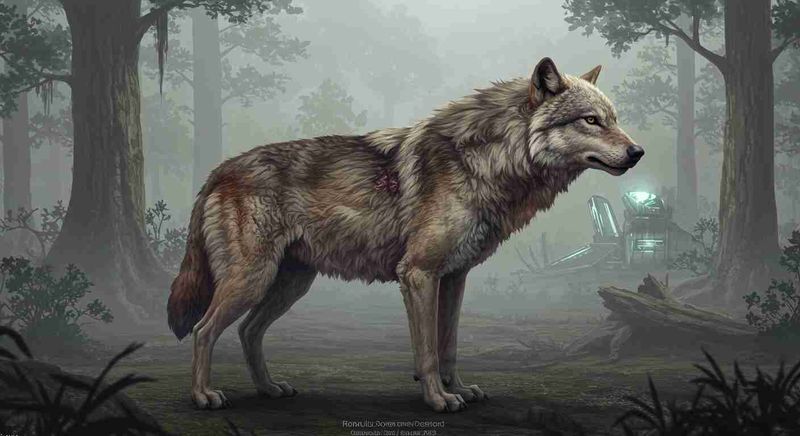
Dropping dire wolves into today’s world would be ecological chaos. These ancient predators evolved for completely different environments and prey species.
Modern ecosystems have adapted without them for thousands of years. Reintroducing such a powerful predator could devastate wildlife populations that have no evolutionary experience with dire wolves, potentially triggering unexpected cascading effects throughout food webs.
4. The Dire Wolf: A True Apex Predator
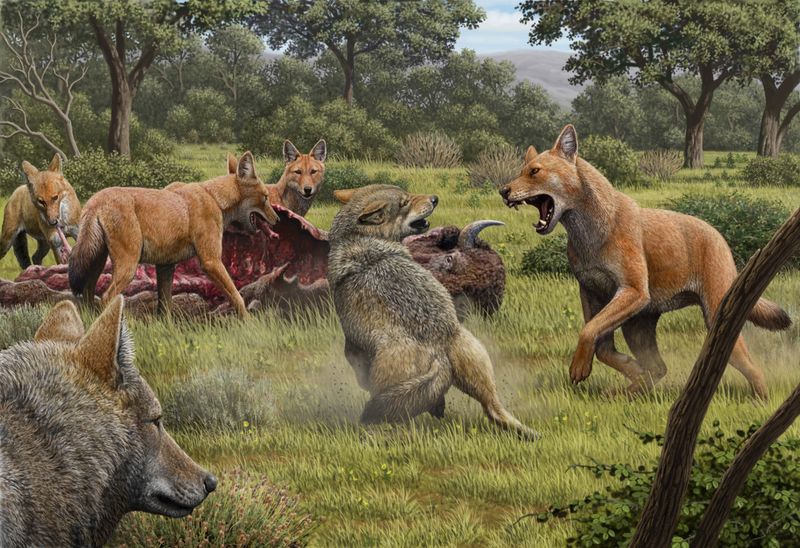
Built like tanks with bone-crushing jaws, dire wolves dominated the prehistoric food chain. Their specialized anatomy made them perfect bison-hunting machines.
Unlike modern wolves that rely on speed and stamina, dire wolves used raw power and pack hunting. Their extinction wasn’t just losing a species – it was losing a unique evolutionary strategy that had shaped North American ecosystems for hundreds of thousands of years.
5. False Hope: The Real Issue Is Environmental Degradation

De-extinction creates a dangerous fantasy – that we can break things and simply fix them later. This technological hubris masks our ongoing destruction of habitats.
While scientists tinker with bringing back one extinct predator, we’re losing species at 1,000 times the natural rate. The dire wolf distraction lets us avoid confronting uncomfortable truths about consumption, pollution, and our relationship with nature.
6. The Ethics Of Bringing Back Extinct Species
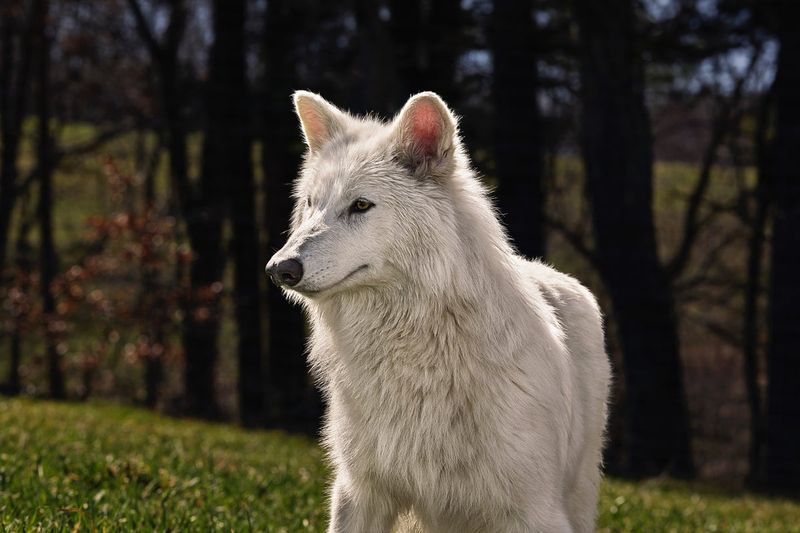
Playing god with extinct species raises profound moral questions nobody can easily answer. Would resurrected dire wolves be scientific specimens or wild beings with rights?
Would they suffer in a world that’s changed dramatically since their extinction? The millions spent creating a single de-extinct species could protect countless living creatures instead. Is scientific curiosity enough justification for such a radical intervention?
7. Dire Wolves And Their Interaction With Other Megafauna
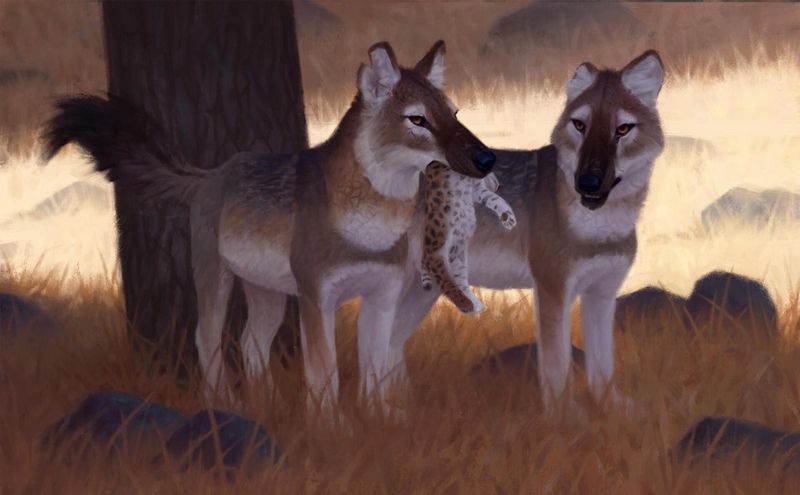
Dire wolves didn’t hunt alone – they shared landscapes with saber-toothed cats, short-faced bears, and American lions. This predator guild maintained delicate balances among massive herbivores like mammoths and giant sloths.
Humans disrupted this intricate dance of species that had co-evolved for millennia. Bringing back just dire wolves ignores the complex web of relationships that made ancient ecosystems function.
8. The Role Of Dire Wolves In The Extinction Of Other Species
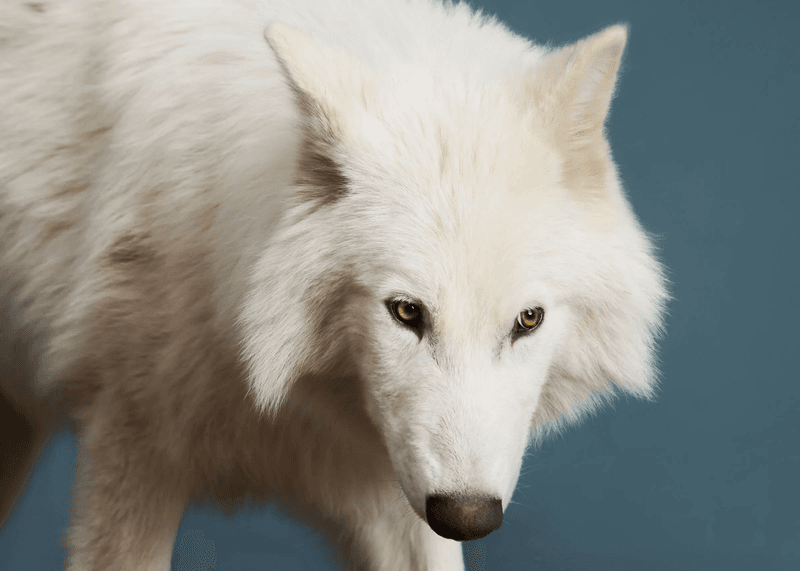
Far from causing extinctions, dire wolves actually helped maintain biodiversity by preventing herbivore overpopulation. When they disappeared, entire plant communities changed as grazing patterns shifted dramatically.
The loss of these apex predators triggered cascading effects we’re still discovering today. Their extinction wasn’t just about losing one impressive carnivore – it represented the unraveling of ecological relationships that had evolved over millions of years.
9. Why De-Extinction Is A Diversion From Real Conservation Efforts

Every dollar spent on de-extinction technology is a dollar not spent protecting living species. While the dire wolf project captures headlines, rhinos and tigers inch closer to oblivion.
Real conservation requires unglamorous work: habitat protection, pollution reduction, and sustainable development. The scientific showmanship of resurrecting extinct predators offers false solutions while planetary biodiversity continues its alarming decline.
10. The Dire Wolf’s Potential Impact On Modern Carnivore Populations
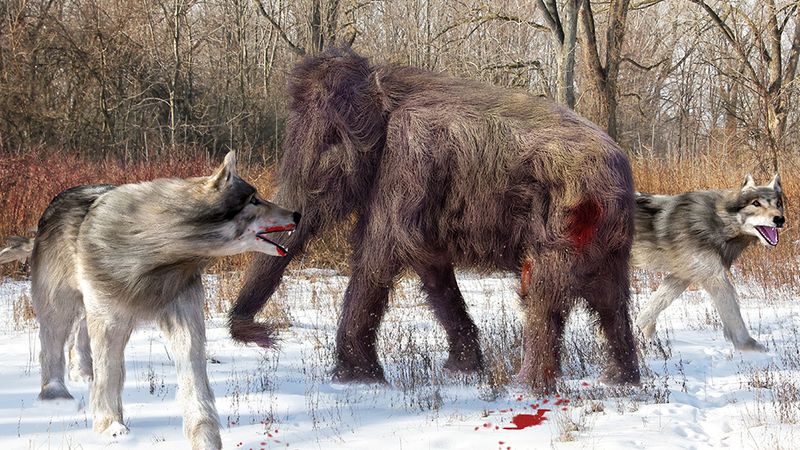
Modern wolves and coyotes have filled ecological niches left vacant by dire wolves. Reintroducing these ancient predators would trigger brutal competition for limited resources.
Gray wolves – already struggling to recover from near-extinction – would face a competitor they never evolved alongside. Coyotes, having expanded their range dramatically, would be pushed into new conflicts with humans as they sought refuge from these resurrected super-predators.
11. Climate Change And Its Role In The Extinction Of The Dire Wolf
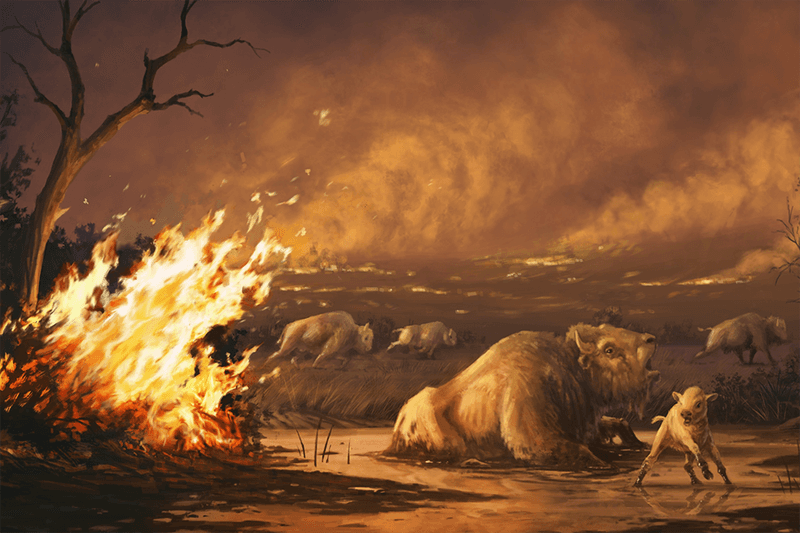
Warming temperatures at the end of the last ice age contributed to dire wolf extinction by transforming their hunting grounds. Today’s climate is changing 10-100 times faster.
The irony? We’re considering bringing back a species that couldn’t survive previous climate shifts while accelerating far more dramatic changes today. A resurrected dire wolf would face a rapidly warming world utterly unlike anything in its evolutionary history.
12. The Illusion Of Solving Biodiversity Loss Through De-Extinction
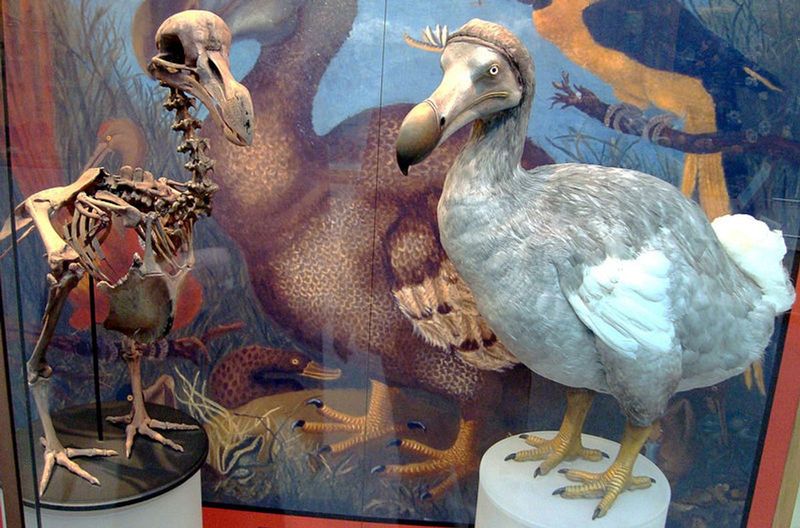
De-extinction creates a seductive technological fantasy – that extinction isn’t forever. This dangerous thinking lets us rationalize ongoing destruction of rainforests, coral reefs, and wetlands.
The dire wolf represents just one of millions of species lost. Even if we could bring back a handful through expensive genetic manipulation, we’d never restore the intricate ecological relationships developed over evolutionary time. True biodiversity requires intact ecosystems, not isolated species.

